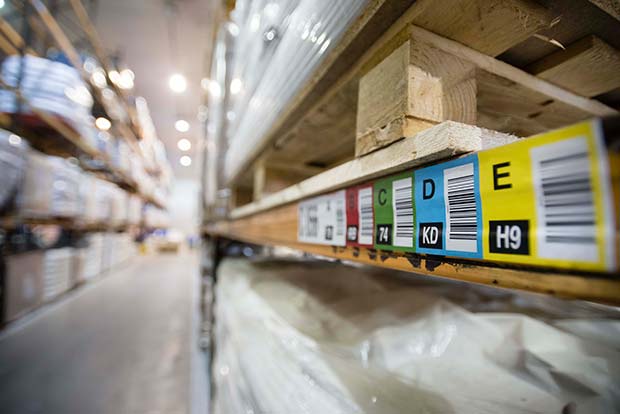Warehouse management technology leader, SnapFulfil, is forecasting a new fulfilment year where companies still focused on retail locations and outlets will have to be nimble enough to grow e-commerce operations if they are to survive.
 2020 saw the guillotine come down on many established high street brands and unless companies step up their online presence to augment B2B with inevitable B2C and D2C requirements, they will face a similar fate. SnapFulfil CEO, Tony Dobson, explains: “The consumer market has shifted to an e-commerce focus much more rapidly than any analysts anticipated, due to mass stay-at-home online orders and the closing of sizeable retail outlets plus bricks and mortar shopping centres. Unfortunately, I don’t see how – or truly why – a return to traditional shopping habits will occur.
2020 saw the guillotine come down on many established high street brands and unless companies step up their online presence to augment B2B with inevitable B2C and D2C requirements, they will face a similar fate. SnapFulfil CEO, Tony Dobson, explains: “The consumer market has shifted to an e-commerce focus much more rapidly than any analysts anticipated, due to mass stay-at-home online orders and the closing of sizeable retail outlets plus bricks and mortar shopping centres. Unfortunately, I don’t see how – or truly why – a return to traditional shopping habits will occur.
“However, I do think macro-economic improvements driven by vaccine introduction and the subsequent return to more ‘normal’ economic times post lockdown will improve consumer demand.
“The rash of business closings, due to nearly a year of economic strife, will also see the growth of smaller, more agile and dynamic 3PL service providers to fill the vacuum created. From a channel-specific standpoint, those operations will successfully chase new customers, but also need to hit the ground running with stable and reliable fulfilment operations.
“A pandemic dominated 2020 really challenged and changed the mix of demand between in person retail and online e-commerce. As economies recover, however, business leaders will increasingly turn to cloud based over on premise solutions to support the speed of that growth. Consequently, the more tech savvy elements of our supply chain industry should expect and plan for a steep increase in demand.”
Investing in cost effective infrastructure and technology that can quickly adapt and change with a business is more important than ever. Retailers will have to become genuinely omnichannel to provide the choice, value and convenience customers increasingly expect.
Therefore, traditional stores may not disappear but evolve to become micro-fulfilment hubs in terms of click & collect and product returns, which are both vital components of the e-commerce offer.
Dobson adds: “Digital transformation is fundamental to survival going forward and as a driver of efficiency and accuracy will further streamline how e-commerce organisations operate, ultimately giving them a tangible competitive edge.
“Operational complexity means they will increasingly turn to more robust and flexible software systems – such as advanced, cloud-based WMS like SnapFulfil that benefits from remote implementation and self-configuration for even greater responsiveness, control and savings.”




Comments are closed.